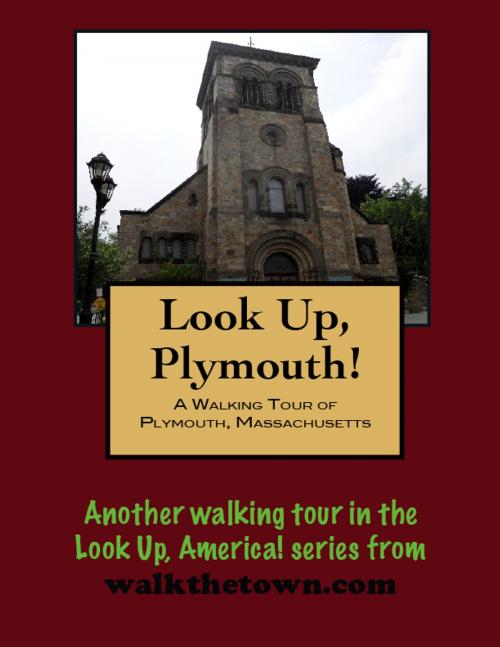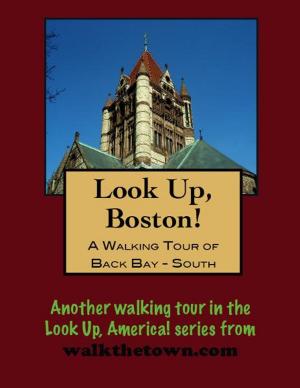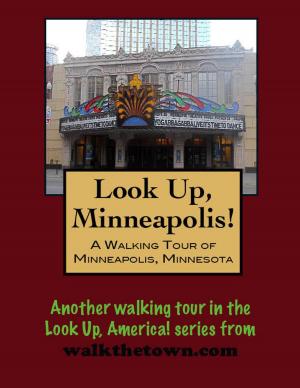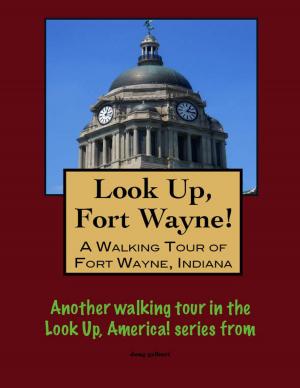| Author: | Doug Gelbert | ISBN: | 9781458070432 |
| Publisher: | Doug Gelbert | Publication: | February 15, 2011 |
| Imprint: | Smashwords Edition | Language: | English |
| Author: | Doug Gelbert |
| ISBN: | 9781458070432 |
| Publisher: | Doug Gelbert |
| Publication: | February 15, 2011 |
| Imprint: | Smashwords Edition |
| Language: | English |
There is no better way to see America than on foot. And there is no better way to appreciate what you are looking at than with a walking tour. Whether you are preparing for a road trip or just out to look at your own town in a new way, a downloadable walking tour is ready to explore when you are.
Each walking tour describes historical and architectural landmarks and provides pictures to help out when those pesky street addresses are missing. Every tour also includes a quick primer on identifying architectural styles seen on American streets.
Plymouth, the oldest town in Massachusetts, actually began settlement on board the Mayflower that brought 102 settlers from England in 1620. That first winter conditions were too harsh to make much headway on shore; only fifty-two of the English separatists who had broken away from the Church of England survived. The town they built served as the capital of Plymouth Colony (which consisted of modern-day Barnstable, Bristol, and Plymouth Counties) from its founding until 1691, when the colony was annexed by the Massachusetts Bay Colony.
Plymouth grew up mostly as a fishing and whaling town. Industry was limited to a few mills and forges and small factories. In the early 1800s two of those factories were ropewalks providing rigging and rope for ships. In 1824, 34-year old Bourne Spooner, a Plymouth native who learned the ropemaking trade in New Orleans, chartered a new company on a 130-foot frontage of Plymouth Harbor. Over the next 145 years Plymouth Cordage would become the world’s largest ropemaker; in the Old West Plymouth Silk finish Lariat Rope was as famous as the Colt 45 revolver or the Stetson hat.
The first tourism trade came to Plymouth in the late 1800s but it was not until a fuss was manufactured over the 300th anniversary of the landing of the Pilgrims in 1620 that Plymouth and the Pilgrims and the First Thanksgiving really staked out a homestead in American mythology. So while it continues to be an active port and fishing vessels still work the docks it is tourism that is the major industry in Plymouth today.
So dutifully, we will begin our tour at the repository for all things Pilgrim and then make our way down to the waterfront...
There is no better way to see America than on foot. And there is no better way to appreciate what you are looking at than with a walking tour. Whether you are preparing for a road trip or just out to look at your own town in a new way, a downloadable walking tour is ready to explore when you are.
Each walking tour describes historical and architectural landmarks and provides pictures to help out when those pesky street addresses are missing. Every tour also includes a quick primer on identifying architectural styles seen on American streets.
Plymouth, the oldest town in Massachusetts, actually began settlement on board the Mayflower that brought 102 settlers from England in 1620. That first winter conditions were too harsh to make much headway on shore; only fifty-two of the English separatists who had broken away from the Church of England survived. The town they built served as the capital of Plymouth Colony (which consisted of modern-day Barnstable, Bristol, and Plymouth Counties) from its founding until 1691, when the colony was annexed by the Massachusetts Bay Colony.
Plymouth grew up mostly as a fishing and whaling town. Industry was limited to a few mills and forges and small factories. In the early 1800s two of those factories were ropewalks providing rigging and rope for ships. In 1824, 34-year old Bourne Spooner, a Plymouth native who learned the ropemaking trade in New Orleans, chartered a new company on a 130-foot frontage of Plymouth Harbor. Over the next 145 years Plymouth Cordage would become the world’s largest ropemaker; in the Old West Plymouth Silk finish Lariat Rope was as famous as the Colt 45 revolver or the Stetson hat.
The first tourism trade came to Plymouth in the late 1800s but it was not until a fuss was manufactured over the 300th anniversary of the landing of the Pilgrims in 1620 that Plymouth and the Pilgrims and the First Thanksgiving really staked out a homestead in American mythology. So while it continues to be an active port and fishing vessels still work the docks it is tourism that is the major industry in Plymouth today.
So dutifully, we will begin our tour at the repository for all things Pilgrim and then make our way down to the waterfront...















